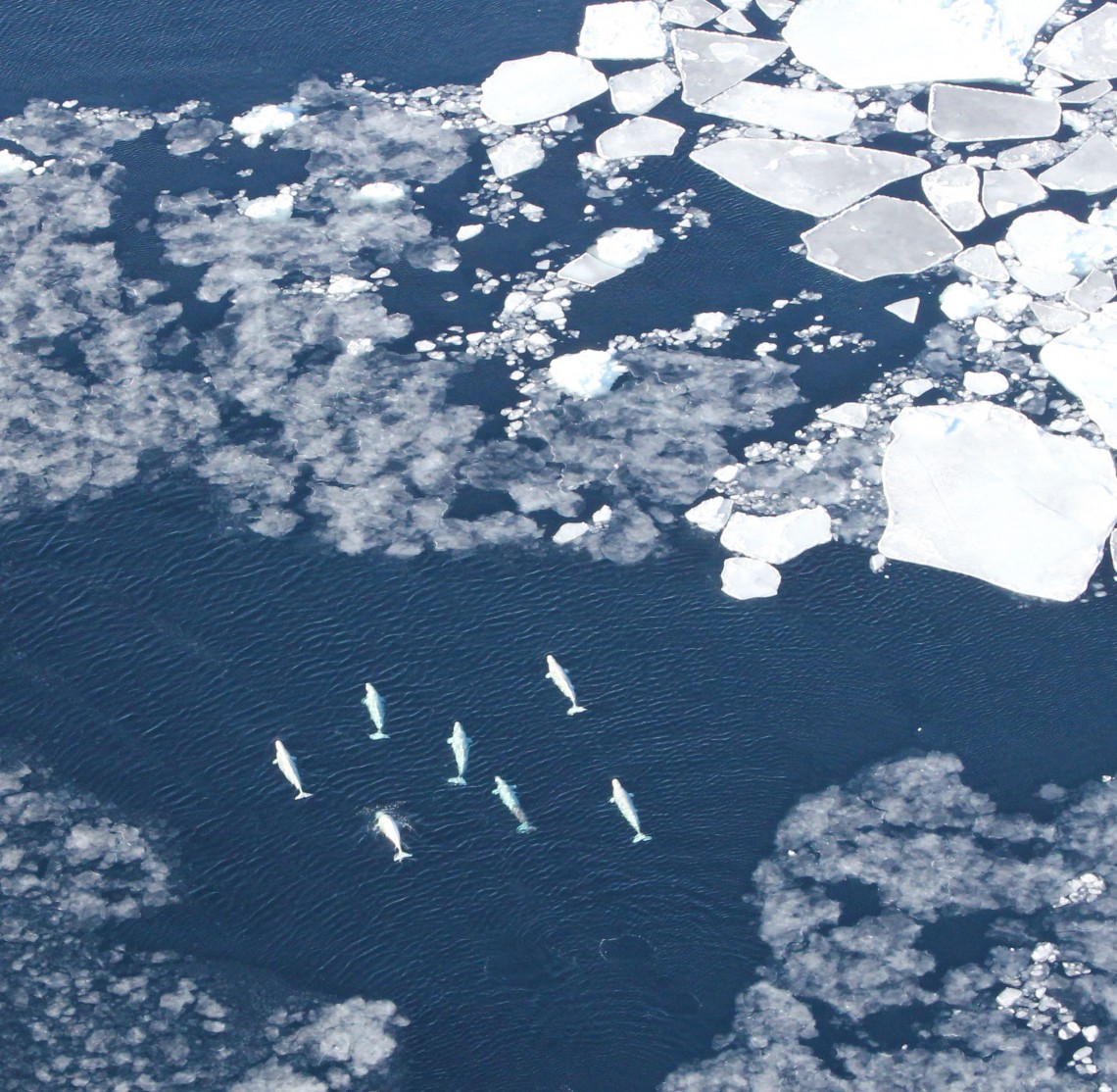It is no secret that the Arctic is losing ice at a very rapid rate. Ice-free seas have led to a rise in seasonal ship traffic. The first large cruise ship went through the Northwest Passage- a northern waterway that links the Atlantic and Pacific Oceans in August 2016 and then in 2017, the first ship without an icebreaker commuted through the Northern Sea Route. More and more ships will be traveling through the Arctic and it will probably negatively affect marine mammals that are prominent in the region during fall. The study was done by the University of Washington and the University of Alaska Fairbanks and is the first effort to study the long-term effect of ship traffic and pinpoint the species that might be affected the most.
The study was published recently in the journal Proceedings of the National Academy of Sciences. Donna Hauser, a postdoctoral researcher at the University of Washington and also the lead author of the study said, “We know from more temperate regions that vessels and whales don’t always mix well, and yet vessels are poised to expand into this sensitive region. Even going right over the North Pole may be passable within a matter of decades. It raises questions of how to allow economic development while also protecting Arctic marine species.” For the study, researchers focused on 80 subpopulations of 7 marine mammals that are residents of the Arctic and reported that 42 of these species will be subjected to ship traffic. According to the researchers, narwhals are going to be most vulnerable species. Narwhals migrate to parts of Northwest Passage during summer.
Other animals that were found to be most affected were beluga, bowhead whales, and walruses. The paper reports that polar bears would be the least vulnerable animals because they live on land during September and do not utilize underwater sound for navigation. In the paper, scientists also talked about the two “pinch points”- these are narrow passageways where there might be a conflict between ships and animals. These regions are the Bering Strait and Lancaster Sound in Nunavut. “These obligatory pinch points are used by migratory species to get in and out of the Arctic, but they are also necessary passageways for vessels using these sea routes”, explained Hauser. “Identifying the relative risks in Arctic regions and among marine mammals can be helpful when establishing strategies to deal with potential effects.” The study will certainly help create a better guideline and regulatory measures to save the Arctic’s already endangered mammals.

